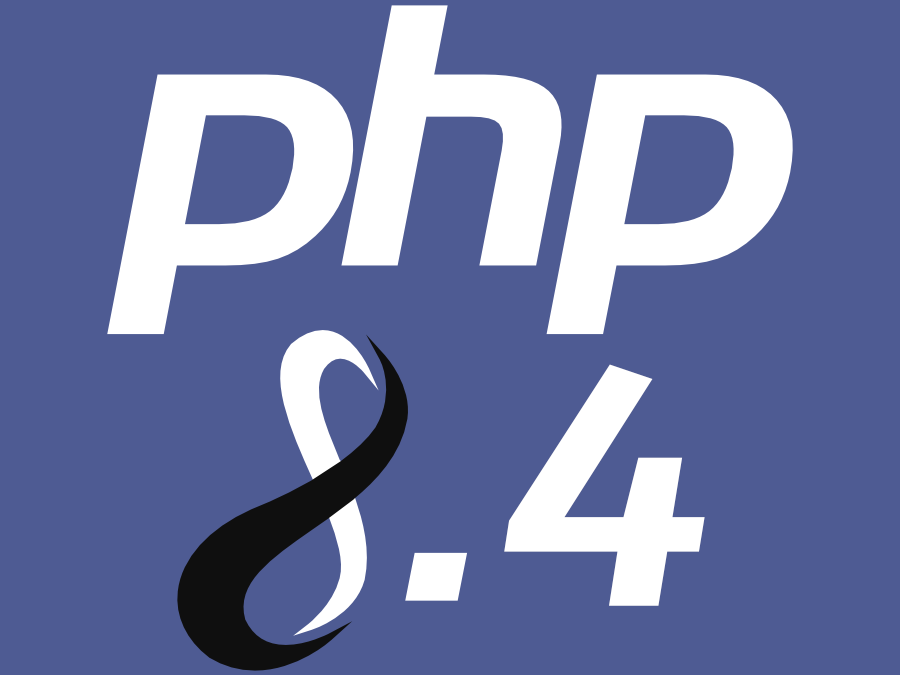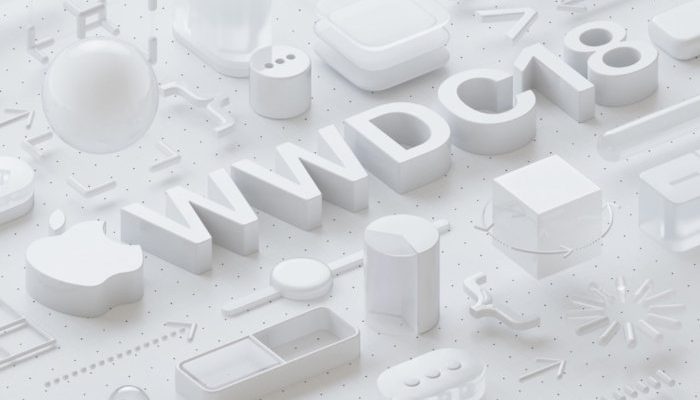
Thousands of developers, tech industry leaders, a smattering of celebrities and tech pundits will descend on San Jose, Calif. for Apple’s Worldwide Developer’s Conference (WWDC) June 4-8. (The big Apple keynote at which iOS 12 is expected to be unveiled takes place 10 a.m. (Pt), 1 p.m. (ET) on Monday.
Apple will no doubt talk about the future of its software platforms, provide insight into its hardware plans, and share details on the new system features it’s working on.
Here’s what’s on the menu:
Developers, developers, developers
WWDC’s main focus is always software. This year we expect insights into iOS 12, Apple’s mobile OS for iPhones and iPads; macOS 10.14 for the desktop; tvOS 12 for Apple TV; and watchOS 5 for the Apple Watch. We also expect some attention to Siri and ARKit improvements.
When it comes to hardware, there’s talk of a less-expensive HomePod and – finally – some AirPower news. (Apple’s wireless charging pad, announced last year, has yet to arrive.) There’s also a very slight chance we’ll see new Macs – Apple did unveil the HomePod and new iPad Pro models at WWDC 2017. Developers can also expect news about Safari, Metal and Swift, along with new APIs for deeper Messages integration and other tasks.
Typically, Apple reveals the new software it has been working on and subsequently seeds developers with early betas of the new code at the show.
Time to talk about Swift
Consumer-focused tech media seems a little reticent to discuss Swift, but Apple’s programming language has become one of the most-used coding languages around, and not just on Apple’s platforms. We should learn more about Apple’s coding initiatives and about what to expect in Swift 5. Developers will also be curious to learn about progress toward application binary interface stability and use of the language to create compelling new families of apps for iOS, Mac and other platforms.
…And ARKit, too
Apple’s coding platforms aren’t just about creating code: Metal, CoreML and a range of important system features that work across all its devices will be improved, with particular regard to the creation and consumption of augmented reality solutions that people will actually want – and need – to use.
The 3D shapes on this year’s invitation make it likely Apple will be talking about ARKit at WWDC. So, expect new third-party app demos and details on ARKit software improvements.
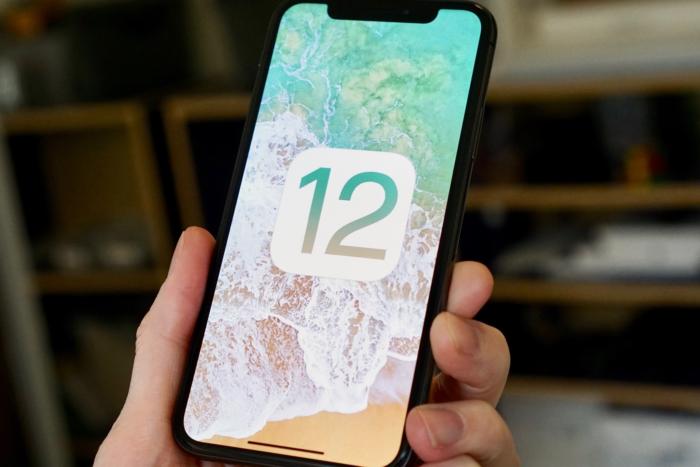 Jason Cross/IDG
Jason Cross/IDGWhat to expect in iOS 12
Apple is thought to be focused on stability in iOS 12, which means some sought-after improvements (such as to Mail) may not feature this year. With a focus on the iPhone X, we’re expecting new Animoji characters and Animoji/FaceTime integration as well as discussion about improvements in Apple’s bundled iOS apps. Stocks, Do Not Disturb, multi-user sessions support for AR games and FaceTime and Parental Controls all seem set for enhancement. That includes predictions of a Digital Health tool for parents, enabling them to manage children’s digital time, and more information concerning Apple’s Health Records for iOS, sleep tracking improvements and better Shazam integration. (That last one, of course, is subject to regulatory approval of Apple’s Shazam purchase.) Apple may also discuss its recently-acquired Texture app and its vision for the future of curated news.
Given that Apple promised AirPlay 2 and Messages in iCloud in iOS 11 at WWDC 2017, we expect more about progress on this, assuming these features don’t end up appearing in iOS 11.4 when it ships.
What to expect from macOS 10.14
The first thing we’ll learn is what Apple is going to call the latest iteration of its Mac operating system, which underpins MacBooks, iMacs and the Mac Pro.
There have been claims that Apple intends to create tools developers can use to build universal apps that work on both Macs and iOS devices. Apple CEO Tim Cook recently kind of denied this tactic, but given that applications already exist that work in a similar fashion across both platforms, it seems likely we’ll see more integration. Apple’s Home app, for example, is a good candidate to for availability on the Mac.
Apple’s focus on imaging makes new Photos filters, masks and AI-image identification categories likely; Safari is expected to get fundamental improvements around collaboration and video conferencing through the browser; FaceTime on a Mac may even gain Animoji support.
As with iOS 12, a macOS 10.14 beta should be ready for developers at WWDC, with a subsequent public beta this summer prior to launch in Fall.
What to expect in watchOS 5
Apple purchased popular sleep tracking app Beddit in 2017, so it’s possible we’ll see sleep tracking features appear in watchOS. Apple has taken time to discuss some of the ways Apple Watch has saved lives over the last year, so it’s no stretch to expect the introduction of more health-related implementations using machine intelligence.
Introduction of rumored StreamKit APIs will let developers finesse Apple Watch apps, enabling notifications direct to Watch and on-device support for streaming audio services – without an iPhone. Could this mean Spotify for the Apple Watch? Speculation earlier this year claimed as much.
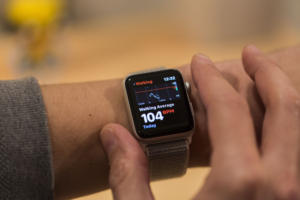 Doug Duvall/IDG
Doug Duvall/IDGThe Heart Rate app.
Apple may also want to discuss new families of peripheral device-and-sensor solutions, such as an EKG heart monitor or glucose sensor. Finally, many industry watchers hope for a third-party Apple Watch watchface store, and there has even been chatter Apple may introduce a round Apple Watch, perhaps with FaceID support. I think the first of those two much more likely.
What to expect from tvOS 12
We know Apple is investing heavily in original television content to supplement Apple TV. But don’t expect to learn a lot about the specifics of these plans, beyond a sneak peek at how Apple intends to improve its TV app with the addition of access to such content.
A noted sports fan, Eddy Cue (Apple’s content and services chief) hinted that future Apple TV tech for augmenting content, things like interaction and notification, could be made available across the platform.That would mean something like new APIs to improve existing content: sports scores and interactive commentary, for example.
Apple was expected to introduce picture-in-picture support in tvOS last year, but didn’t do so. Will we get lucky in 2018? And will the company keep its WWDC 2017 promise of Dolby Atmos support for Apple TV?
What about hardware?
When it comes to hardware, we’re full of questions, less certain about the answers:
- Apple could talk about its work on the Mac Pro during the keynote. Developers are the precise audience the company is building this Mac for and Apple seems keen to stress its commitment to the platform – and its ability to build AR experiences.
- It’s possible Apple will introduce new Macs. At the moment, a number of MacBook and MacBook Pro models are listed as sold-out, but available for delivery after June 4. That hints at new hardware, though some experts warn no new models will show up at or before the show.
- A perennial question: What about Mac mini?
Apple, of course, isn’t just a Mac company. There are expectations Apple will discuss new A11X-powered iPad Pros (10.5-in. and 12.9-in. models) equipped with Face ID. The fastest and most powerful tablet in the Apple fleet will also benefit from a tranche of new iOS features for enterprise pros.
There have also been claims a smaller, lower-cost HomePod-like system under Apple’s Beats brand may appear. I think that unlikely, but it is logical to expect to learn more about stereo HomePod twinning and AirPlay 2, which should be inside iOS 11.4. That could come in tandem with any discussion about improvements to Siri.
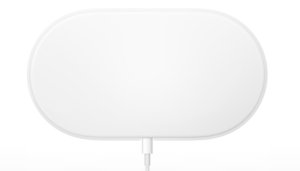 Apple
AppleApple AirPower
What about AirPower?
Apple announced the AirPower wireless charging pad at WWDC last year. A year later and the product’s still unavailable. Hopefully, Apple will explain this delay and its work on improving the Qi charging standard? There’s speculation that Apple delayed the release because it hopes to incentivize the third-party accessory market with AirPower support for compatible peripherals under its “Made for iOS” licensing scheme.
More importantly, is it yet time for AirPod 2, the wireless ear buds that have proven popular? Or, more likely, will that product be held back for launch with new iPhones later this year?
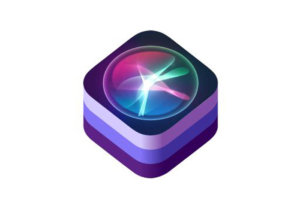 Apple
AppleWhat to expect from Siri?
Siri is now the most widely-used voice assistant in the world, handling hundreds of millions of queries every month. Apple has improved Siri at every WWDC since it introduced the voice assistant, but it faces stiff competion from the likes of Alexa. This year its well-resourced machine learning team includes world-class talent, such as Google’s former search and A.I. unit chief, John Giannandrea. The company knows it must push back against the perception that Siri is becoming a voice assistant also-ran, making this an ideal time to tout its abilities.
The most likely enhancements include:
- SiriKit: Expect more domains to be added to the existing APIs, which currently include messaging, to-do lists, notes, payments,phone calls, photo searches, ride booking, workouts and in-car integration.
- CoreML: Introduced last year, CoreML seems the right place to look for insights into how Apple thinks about machine intelligence on its devices and how it expects third-party developers to use it.
- Workflow: Apple acquired the Workflow app more than a year ago. It lets users create and automate tasks inside different apps. It seems possible Apple will implement support for this inside Siri in order to compete with Amazon Alexa’s over-hyped “Skills” feature.
- “Hey Siri”: Voice pattern recognition should improve, so devices get better at ignoring other people’s requests.
Deeper insights into privacy and machine learning
Siri has implications beyond just voice commands. When it comes to machine intelligence, Apple is becoming increasingly passionate about privacy. That’s because the company understands that as the world becomes increasingly hyper-connected, weak data security threatens everything. It’s reasonable Apple will talk a little about this at WWDC.
It also seems reasonable to expect it to share a few more details around how it is using differential privacy to both protect user privacy while also training Siri/machine intelligence to accomplish more complex, human-useful tasks. I hope we learn more concerning useful deployments of IBM Watson Services for Core ML among enterprise users.
One more thing
I have a hunch we might seem some development involving ARKit and Maps.
How to watch the keynote
Here’s a caveat to this list of items Apple could – perhaps should – talk about next week. Time is finite, meaning this extensive list includes many more items than Apple will be able to wade through inside a two-hour keynote. Which means that those it doeschose to highlight are high on the company’s priority list for the coming year.
Personal note: I’ll be attending WWDC this year; monitor my Twitter feed for news and insights directly from the show. You can also watch the WWDC keynote yourself on iOS, tvOS, a Mac running Safari. Other platforms may access the stream using recent versions of Chrome or Firefox.
Google+? If you use social media and happen to be a Google+ user, why not join AppleHolic’s Kool Aid Corner community and get involved with the conversation as we pursue the spirit of the New Model Apple?
Got a story? Please drop me a line via Twitter and let me know. I’d like it if you chose to follow me there, so I can let you know about new articles I publish and reports I find.
This story, “WWDC 2018 preview: What can we expect?” was originally published by Computerworld
.

